China Breaks RRR ‘Floor’ in Surprise Easing Move
In a move that surprised markets and overturned long-held assumptions, the People's Bank of China (PBOC) announced it would cut the reserve requirement ratio (RRR) for most financial institutions by 50 basis points starting May 15, and—for the first time—slash the RRR for auto financing and financial leasing companies from 5% to zero. This shift effectively breaks the psychological “5% floor” long believed to limit China's capacity for further monetary easing.
For global investors, multinational banks, and cross-border institutions eyeing China's macro-financial posture, the signal is loud: the PBOC is not only easing, it is rearming its monetary toolkit for a more flexible, proactive stance amid sluggish domestic growth and ongoing external uncertainty.

Breaking Through a Psychological Barrier
The RRR cut has two parts. The 50-basis-point reduction for most institutions is in line with previous easing cycles. However, the drop to zero for selected non-bank financial firms—auto financing and financial leasing companies—has redefined the policy landscape.
“This means the widely assumed 5% lower limit of the RRR no longer holds,” said Zhang Jun, Chief Economist at China Galaxy Securities. “The PBOC has opened up to an additional 6 percentage points of room for easing, which may be deployed in the months ahead to counteract downside risks.”
The RRR—an instrument determining the share of deposits that financial institutions must hold in reserve—is a core tool of China's monetary policy. Lowering it frees up liquidity, encouraging credit expansion. By slashing the ratio to zero for certain firms, the PBOC is not just freeing up funds—it is explicitly boosting the credit capacity for two key sectors: automobile consumption and equipment renewal.
These policy goals are aligned with China's broader economic agenda, including its “new productive forces” framework, which emphasizes green mobility and industrial upgrading as engines of future growth.
Why Now?
Multiple signals suggested the time was ripe.
Domestically, key macro indicators show persistent softness. The April manufacturing PMI dipped to 49.0%, back below the 50% threshold that separates expansion from contraction. Inflation remains subdued: March CPI registered at -0.1% year-on-year, marking the 25th consecutive month of sub-1% inflation, while PPI has remained negative for 30 months. Even the GDP deflator has been negative for eight straight quarters—surpassing the seven-quarter deflationary streak of the late 1990s.
Such a sustained deflationary environment undermines corporate earnings, discourages investment, and increases real debt burdens for households and firms alike. In this context, reducing reserve ratios and interest rates helps lower real borrowing costs, alleviate financial pressures, and stimulate credit expansion without inflating asset bubbles.
“Given the sharp drop in PMI and the persistently negative GDP deflator, the case for easing is very clear,” said Wang Qing, Chief Macro Analyst at Golden Credit Rating International. “This is not stimulus for stimulus'sake—it's a counter-cyclical adjustment calibrated to real conditions.”
A Dual Easing Cycle: Monetary + Fiscal
The RRR cut is only one leg of what now appears to be a broader easing cycle.
At the May 7 press conference, PBOC Governor Pan Gongsheng unveiled a 10-measure package that includes not only the reserve cut but also rate reductions on structural monetary tools, lower individual housing provident fund loan rates, and a new RMB 500 billion re-lending program focused on consumption and elderly care.
“This is about more than liquidity,” Pan said. “The policy bundle will deliver long-term, low-cost capital to financial institutions, lower their funding costs, stabilize net interest margins, and ultimately reduce the overall cost of credit in the real economy.”
Critically, these monetary tools are being deployed in coordination with targeted fiscal stimulus. Analysts anticipate further infrastructure investment, tax incentives, and central government bond issuance in the second half of 2025—moves that could amplify the credit impulse sparked by this latest monetary loosening.
Zhang Jun expects another 50-basis-point RRR cut in the third quarter to align with fiscal spending plans. “The PBOC is likely preparing the ground for that,” he said.
No Devaluation Panic—Yet
International observers may wonder: Will monetary easing put renewed pressure on the renminbi?
So far, the exchange rate has proven resilient. After briefly weakening to 7.4 against the dollar in early April amid U.S. tariff threats, the offshore yuan rebounded to around 7.2, helped by improved trade sentiment and capital inflows into Chinese sovereign bonds. The PBOC's careful pacing of monetary moves—often favoring targeted tools over broad rate cuts—has also helped avoid sharp currency depreciation.
“Exchange rate pressure is not the biggest concern right now,” said Wang Qing. “The key determinant of the yuan's performance remains China's economic fundamentals, not simply interest rate differentials.”
Indeed, bond markets appeared to validate this view. On May 7, yields on medium-term government bonds edged lower, but longer-dated yields actually rose—a sign that investors see room for growth recovery and aren't pricing in an aggressive devaluation cycle.
Policy Signaling and Market Psychology
Beyond liquidity effects, the move has significant signaling value. For years, markets had assumed the PBOC was constrained by an unspoken RRR floor of 5%, especially for commercial banks. By abandoning that boundary—at least for certain institutions—the central bank has demonstrated both technical confidence and strategic flexibility.
Moreover, it has expanded its toolkit. Analysts at CIB Research, an affiliate of Industrial Bank Co., noted that China's maturing monetary operations now include more sophisticated open market tools, improving the precision of liquidity injections and giving the central bank room to ease without triggering systemic imbalances.
This marks a departure from the “quantity-driven” liquidity management of earlier cycles toward a more “quality-driven” model. In other words, the PBOC is becoming more like the European Central Bank or the Bank of Japan in its use of differentiated policy instruments.
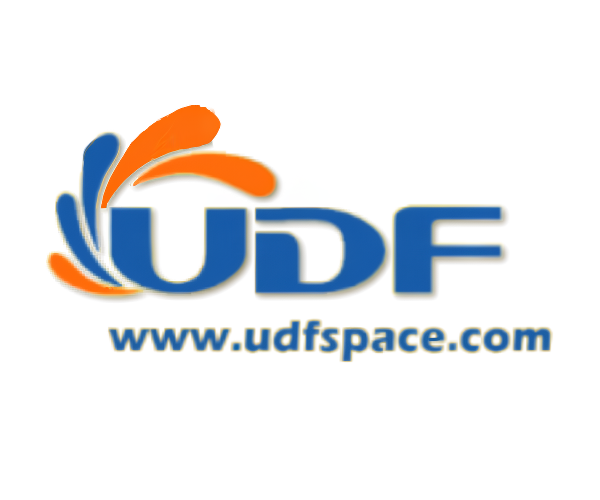







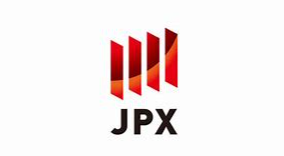
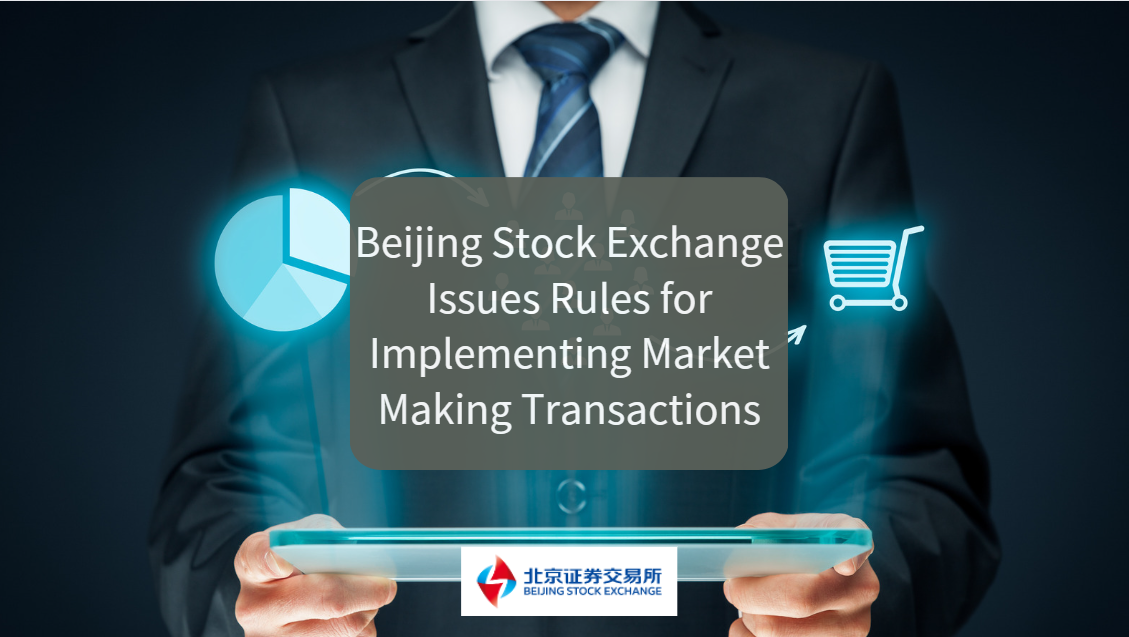
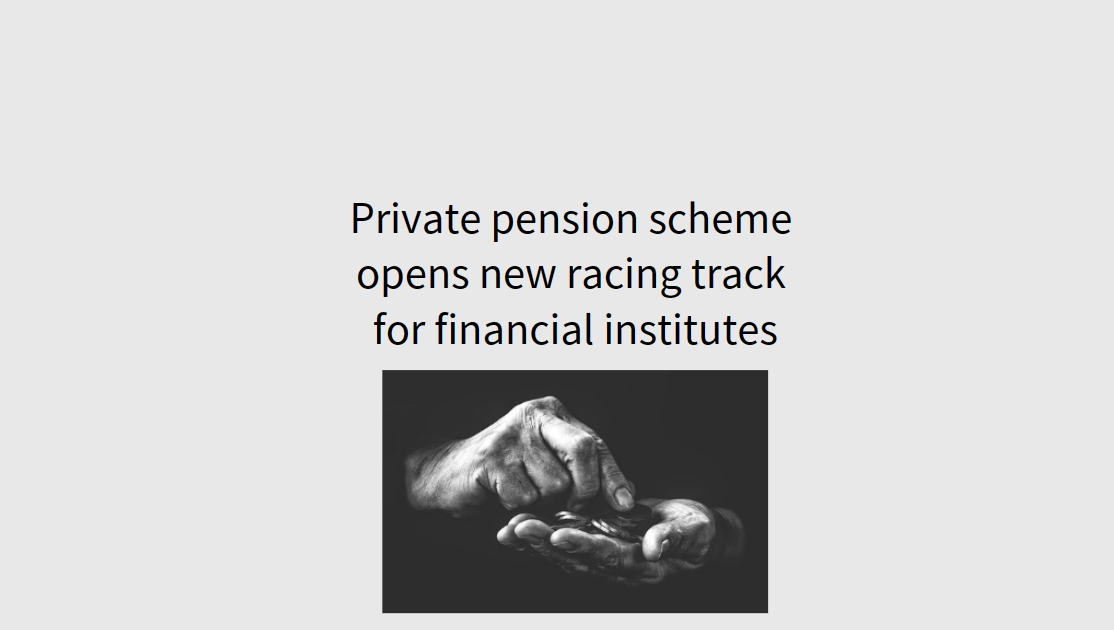
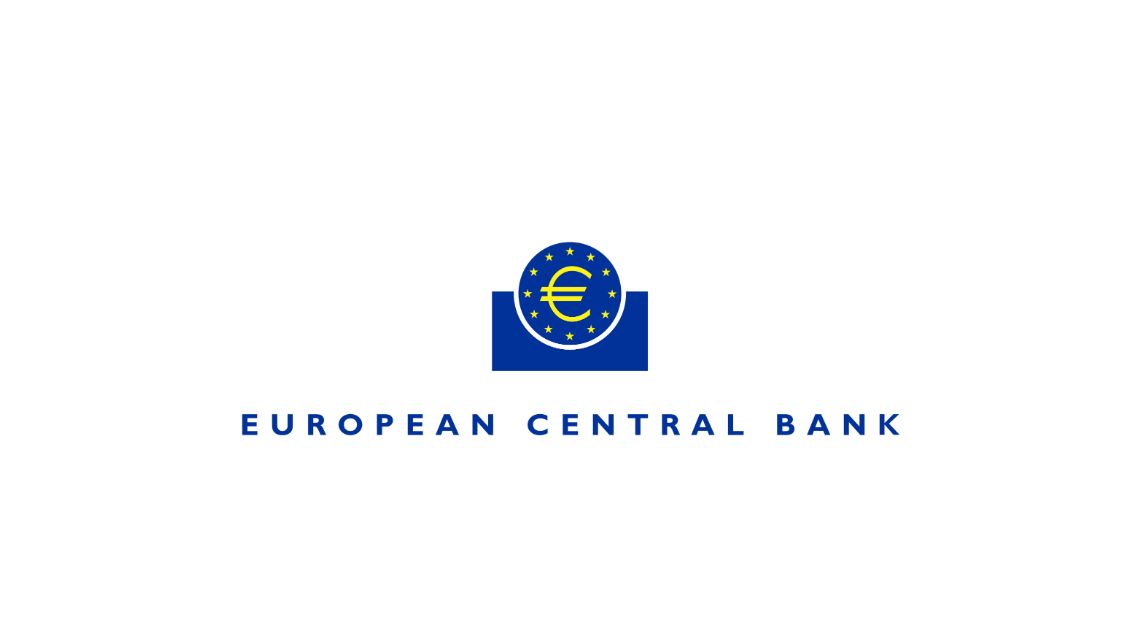
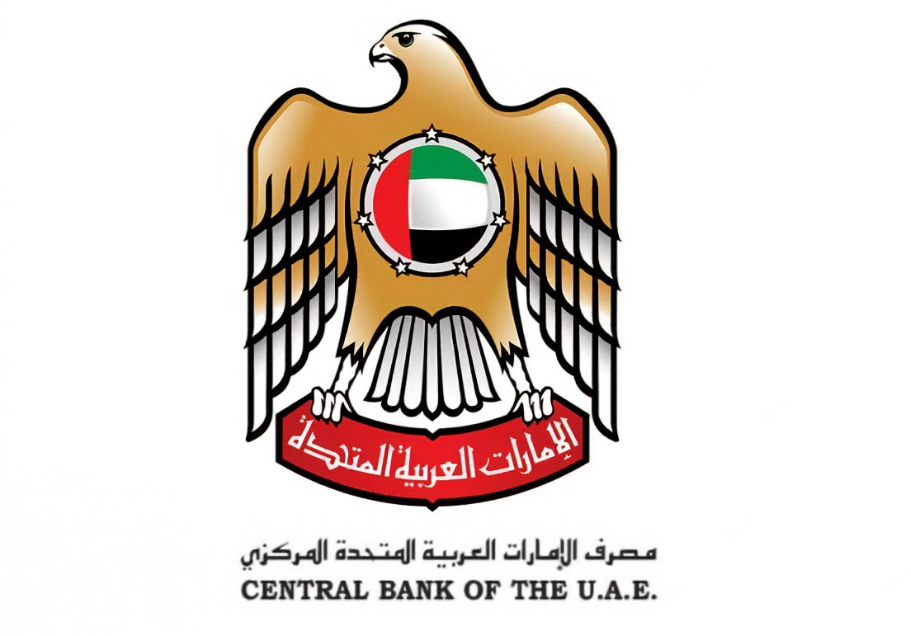
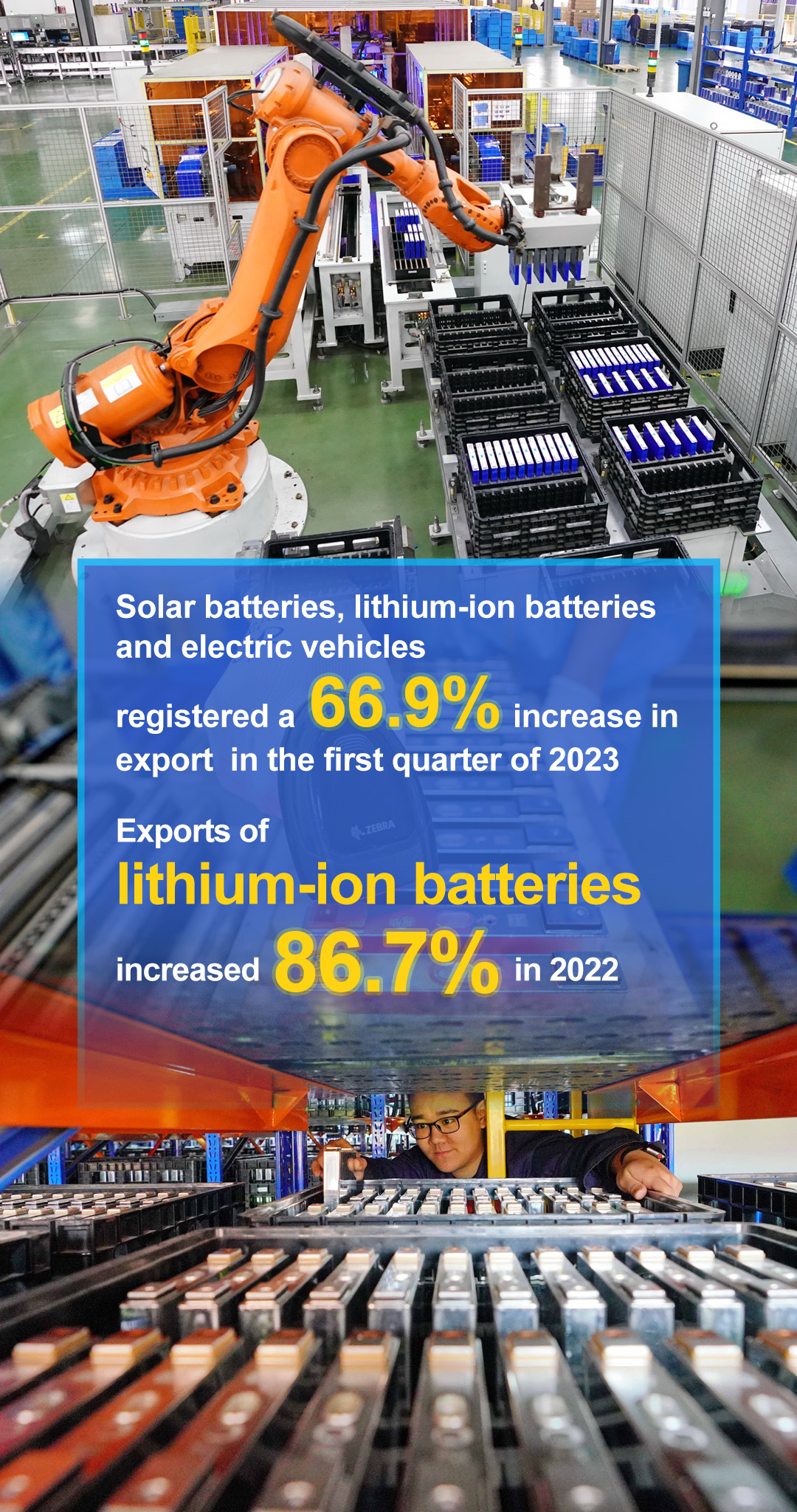



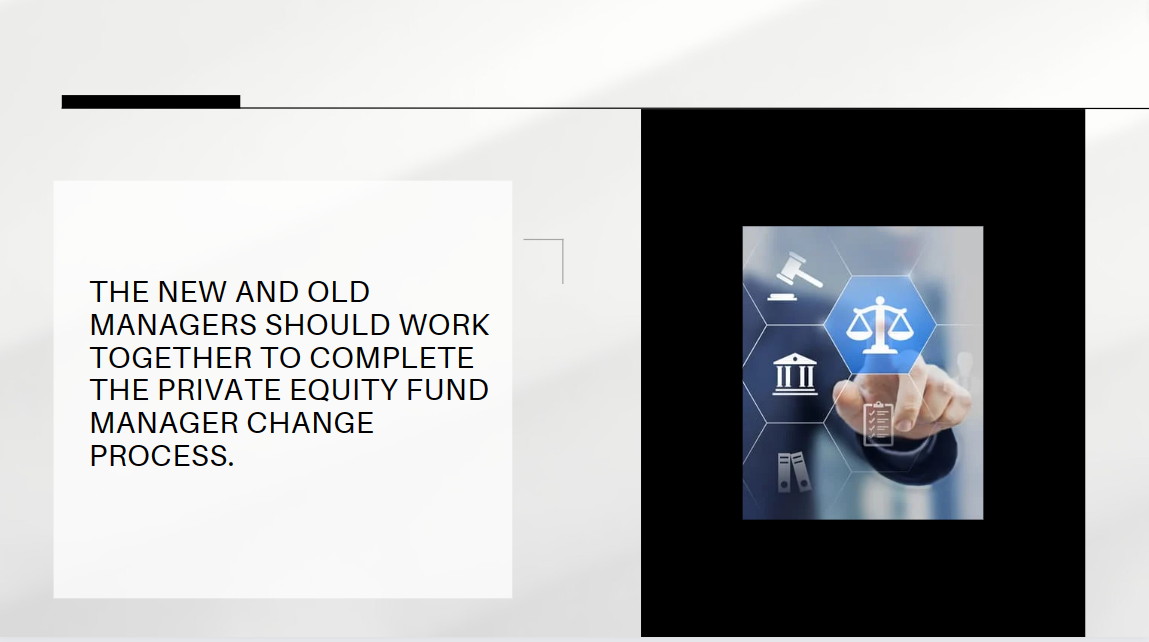
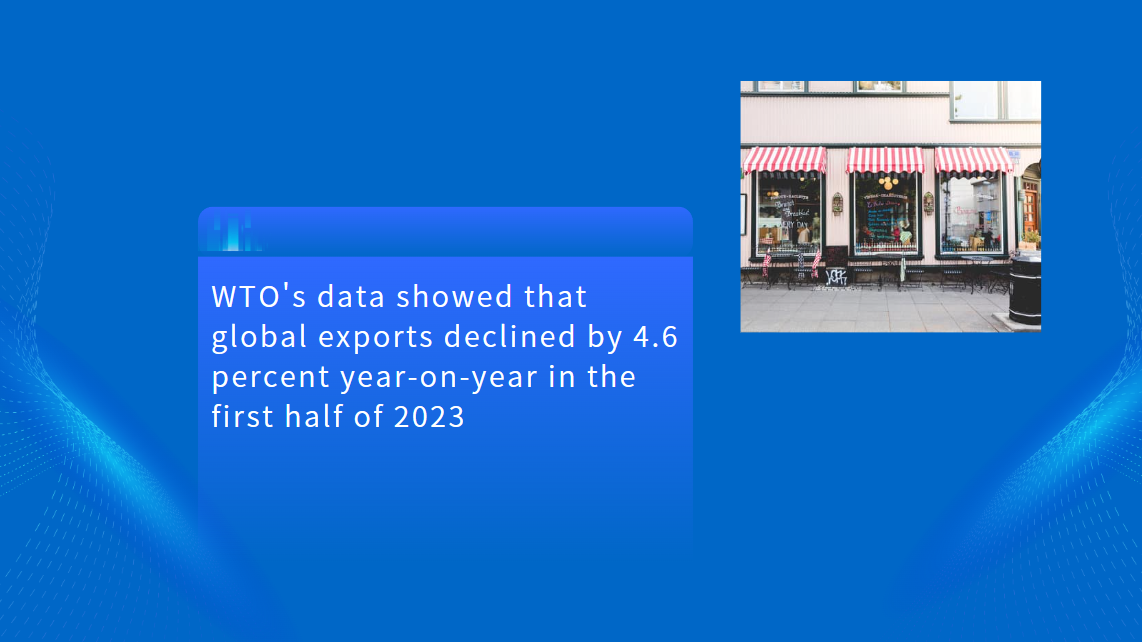
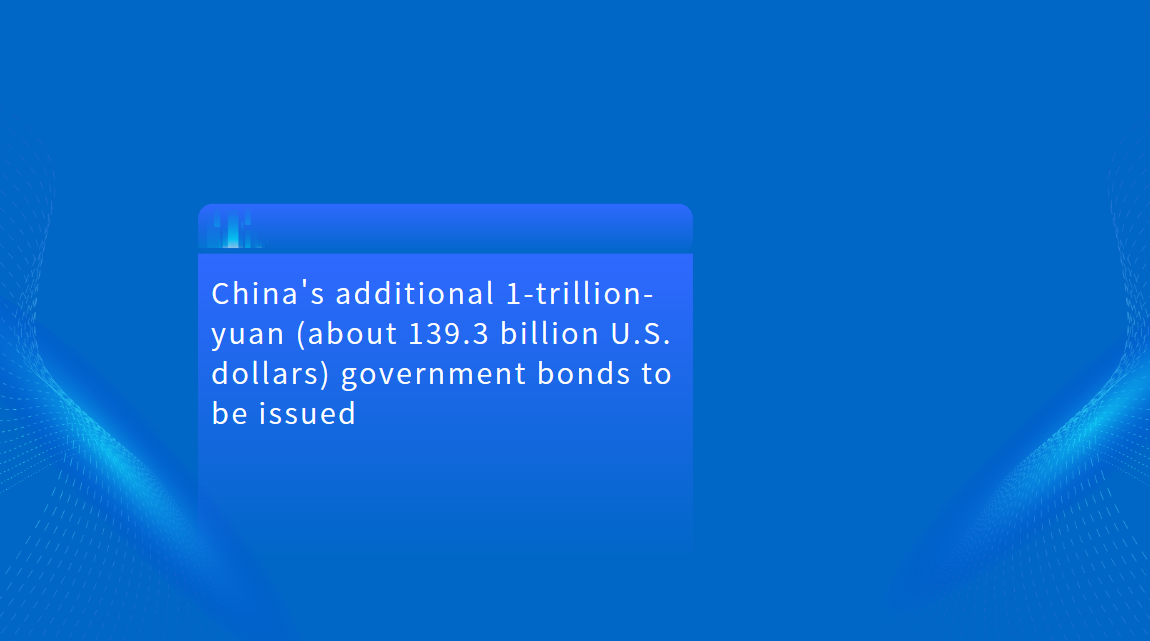

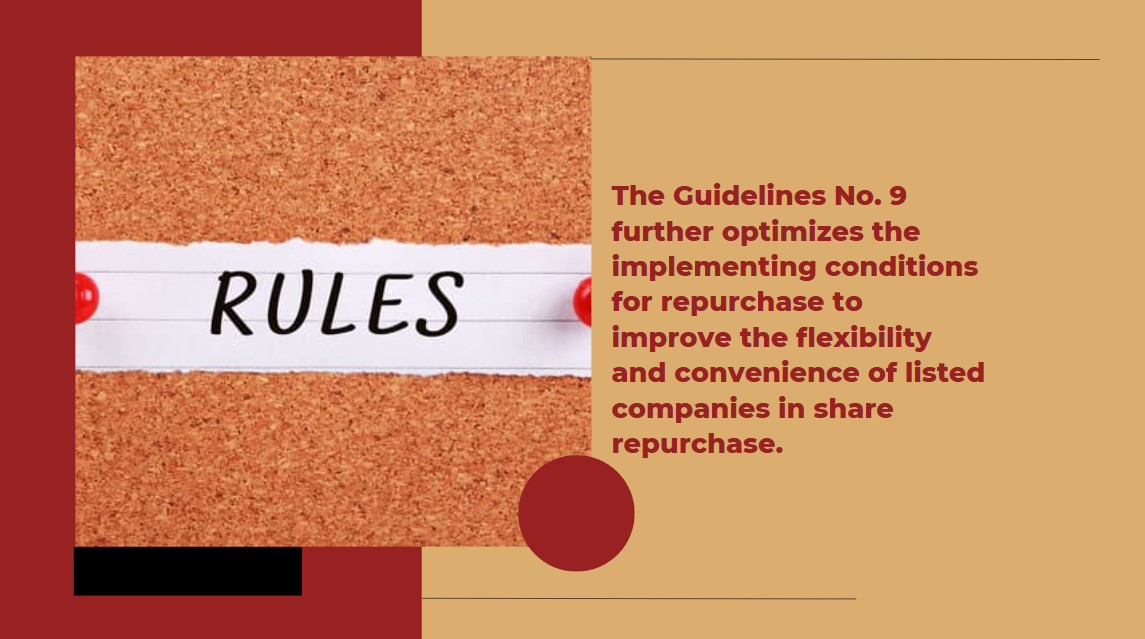
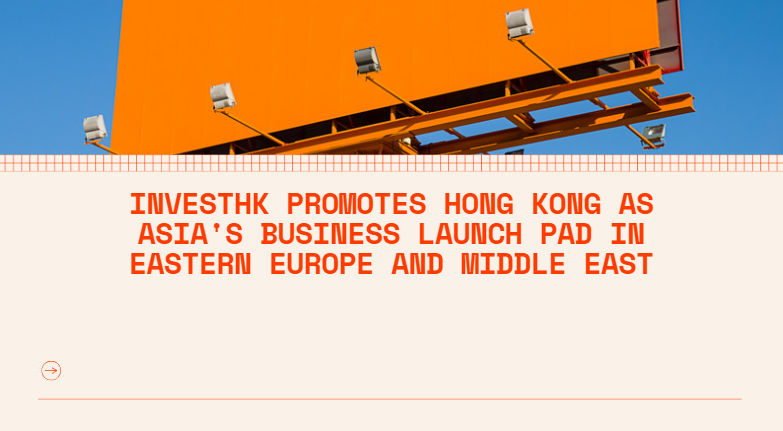


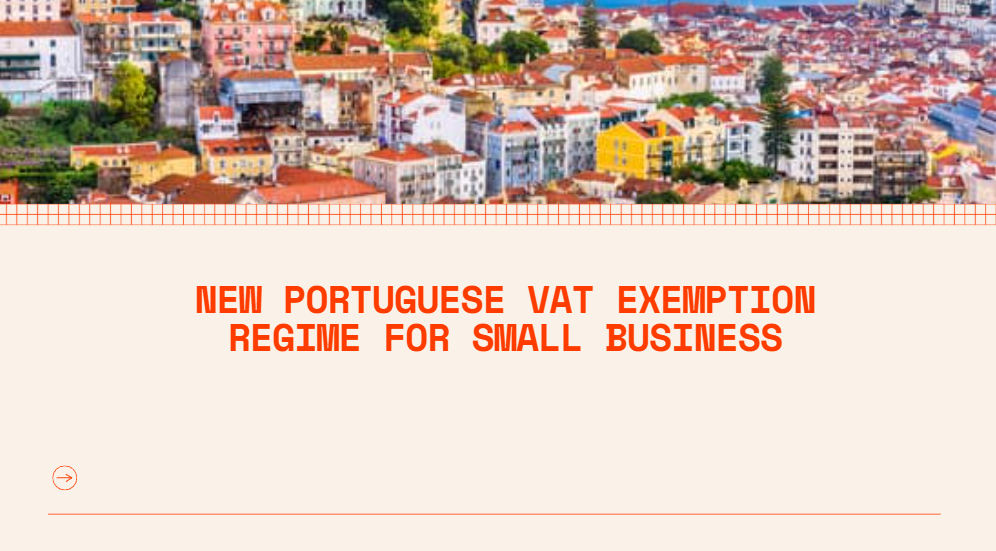

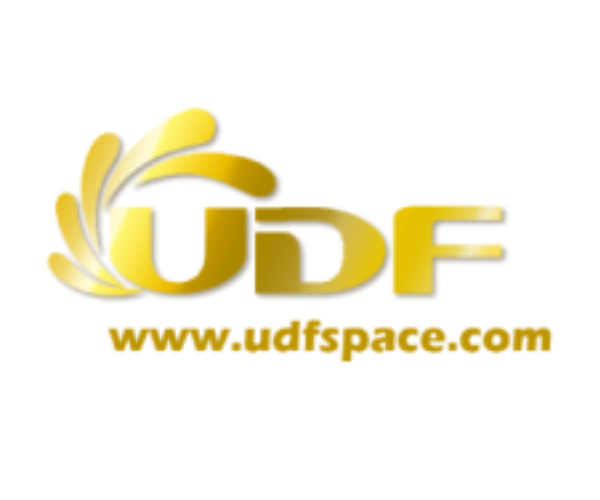









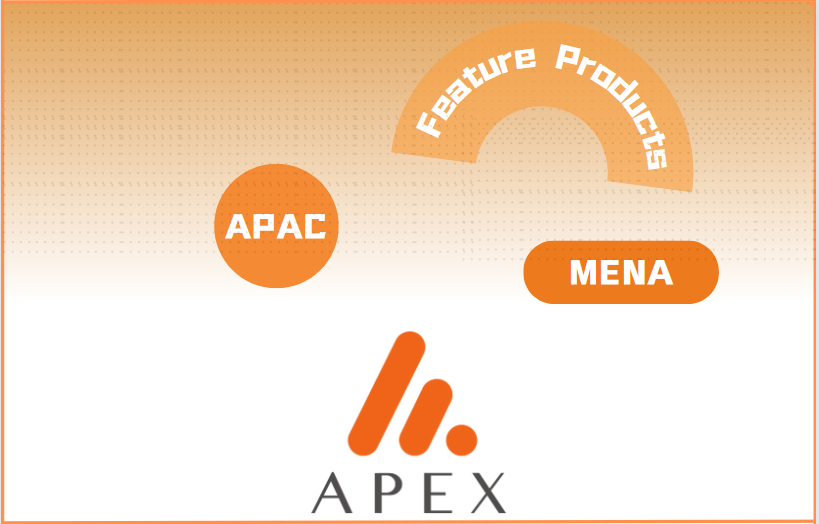


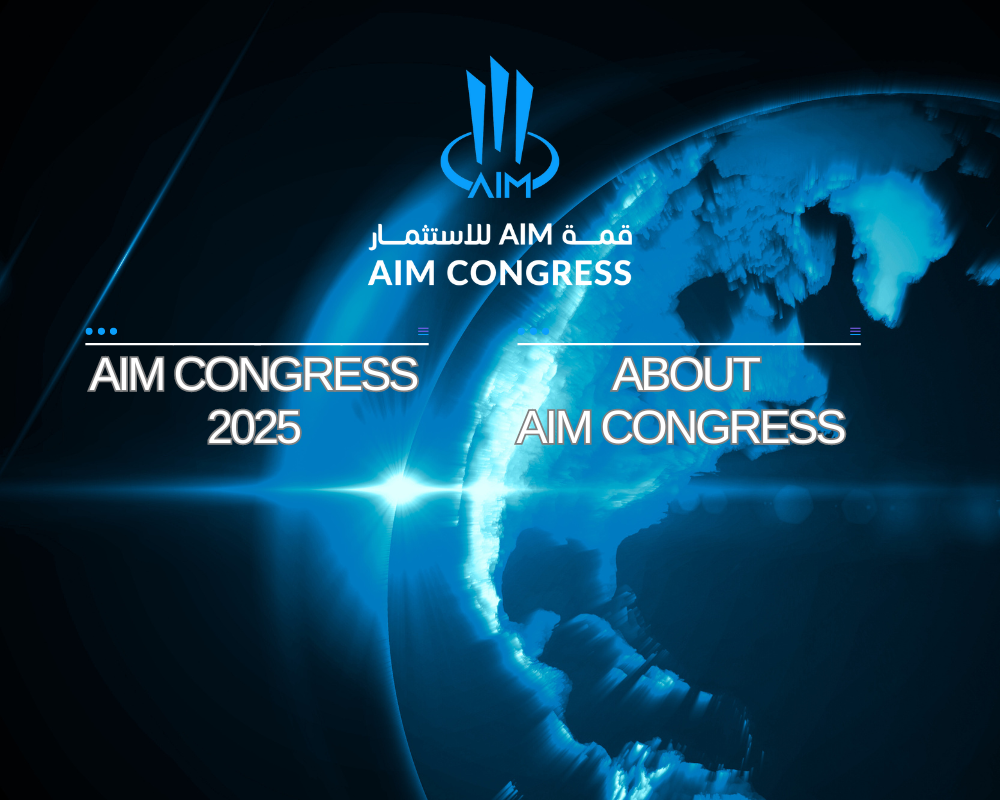











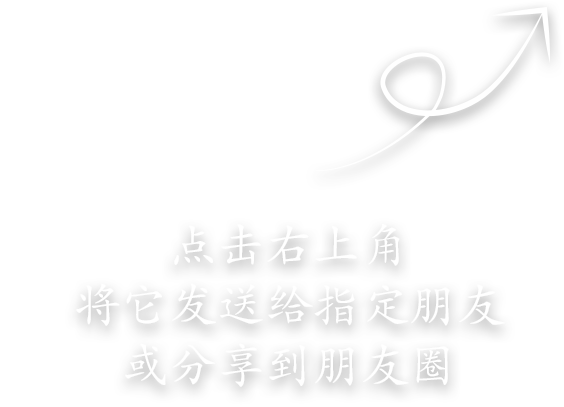
First, please LoginComment After ~